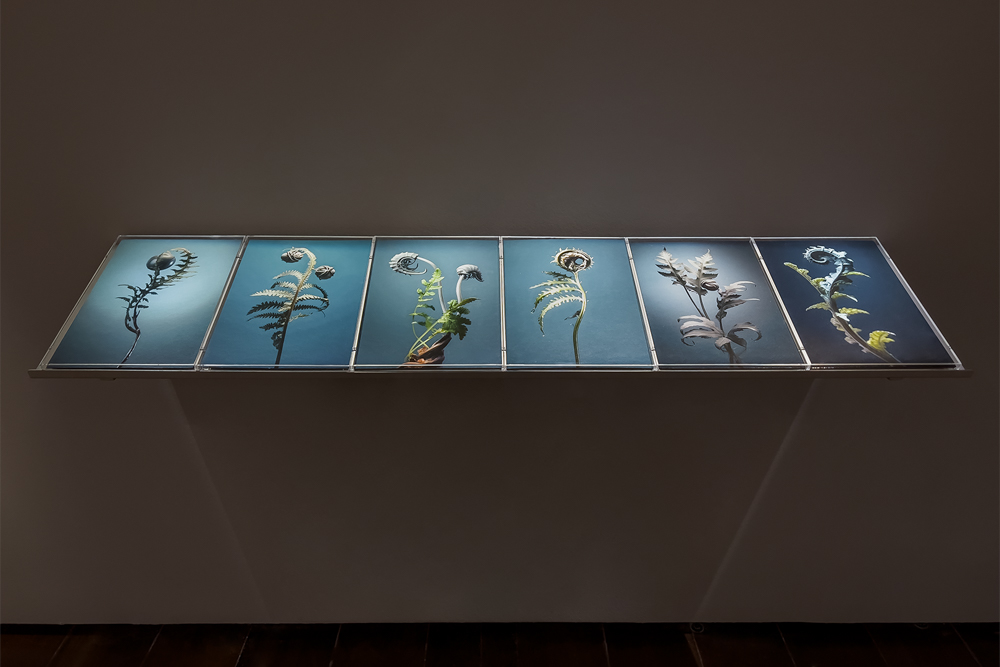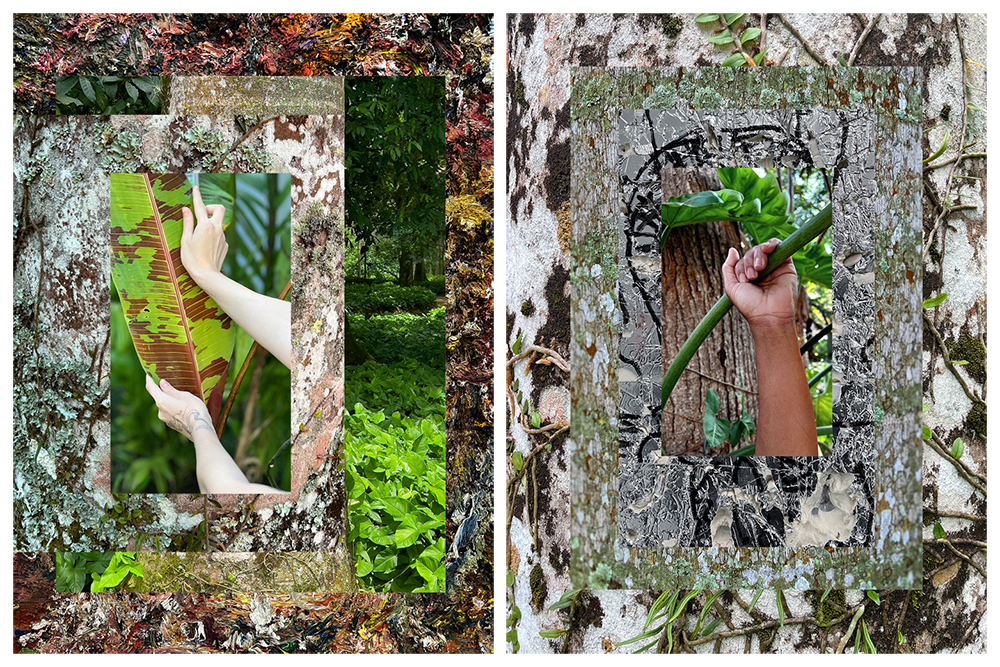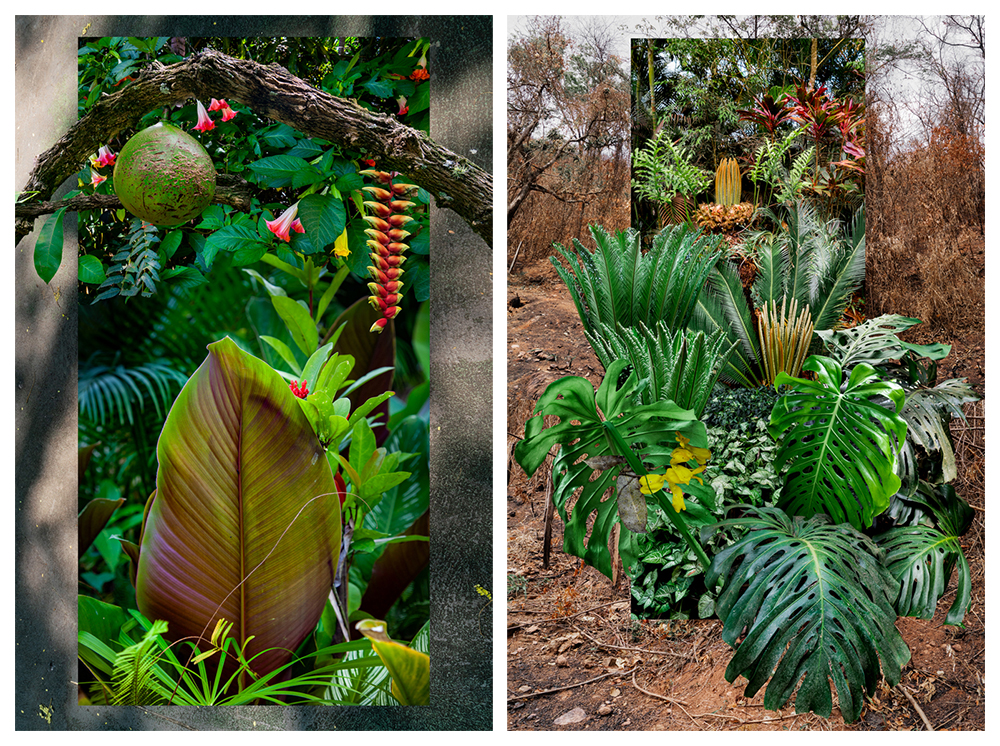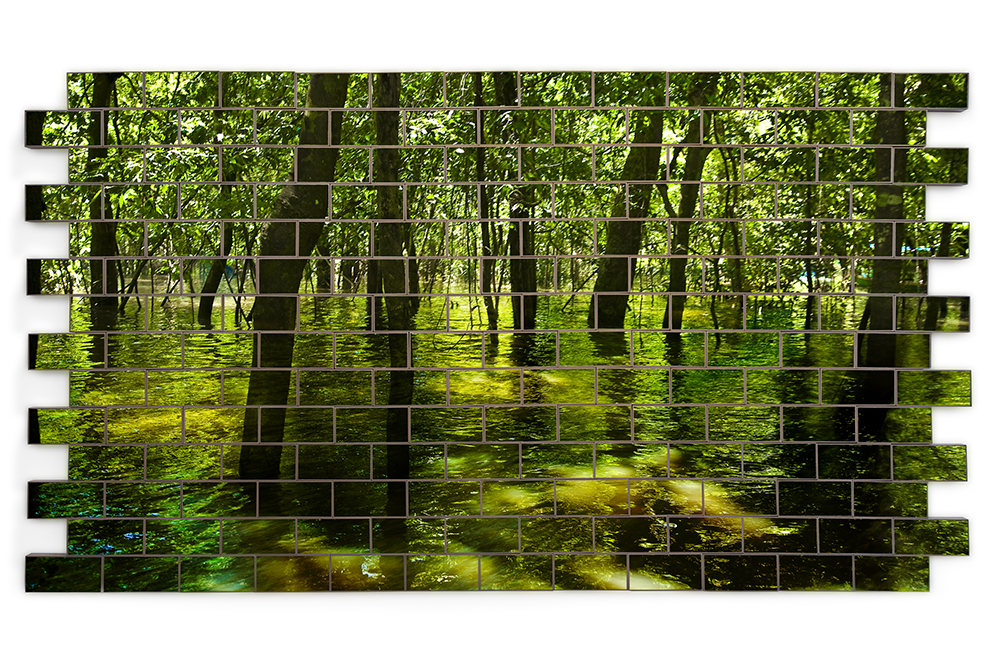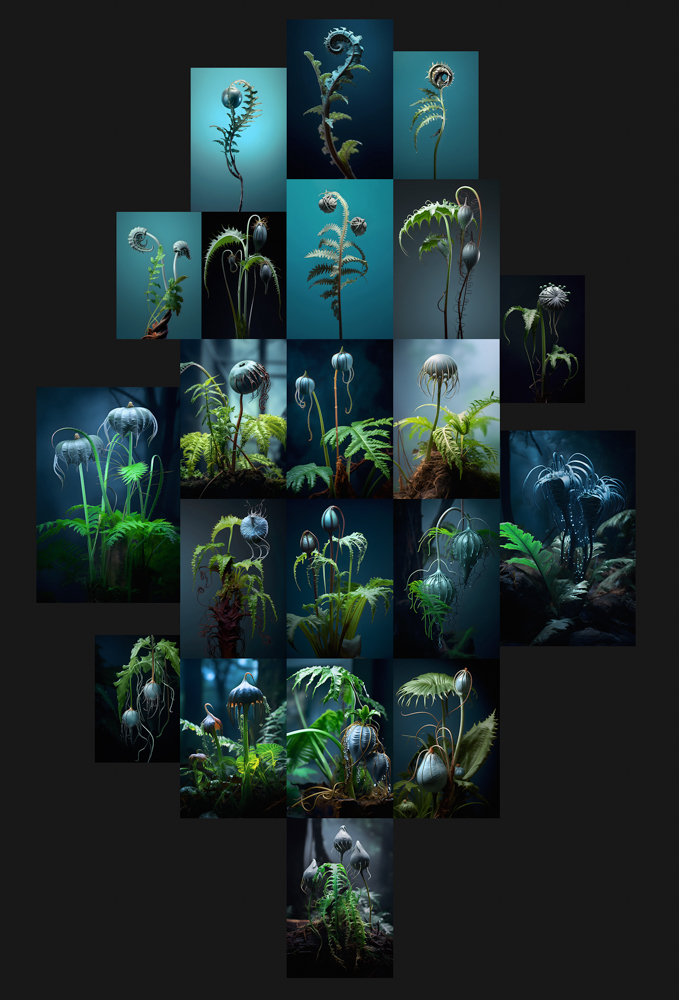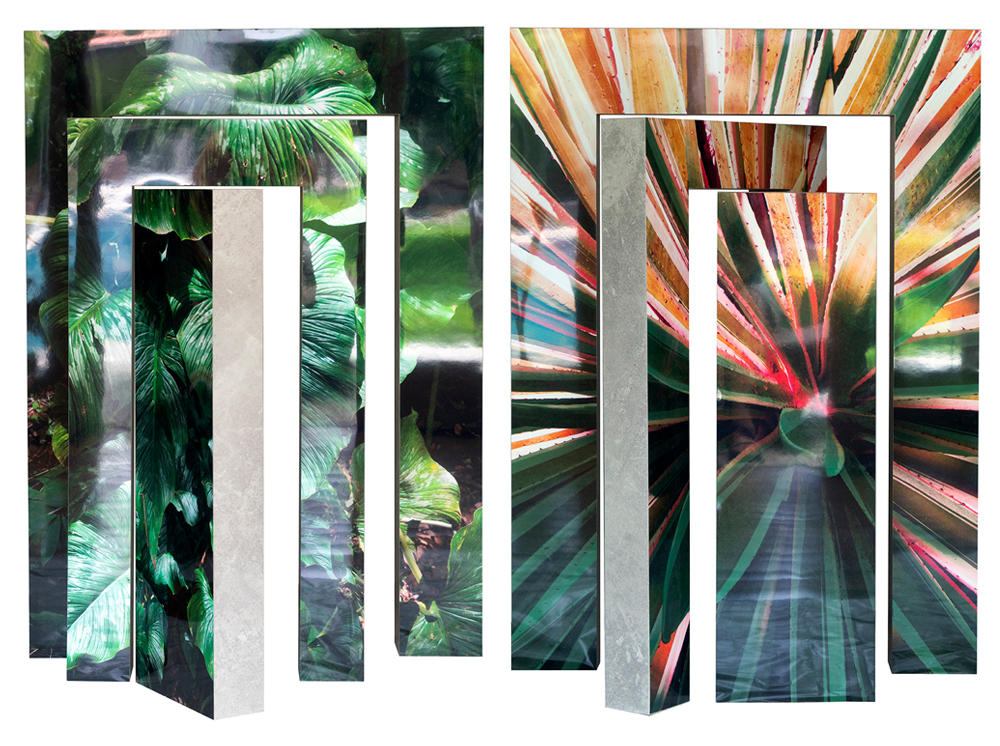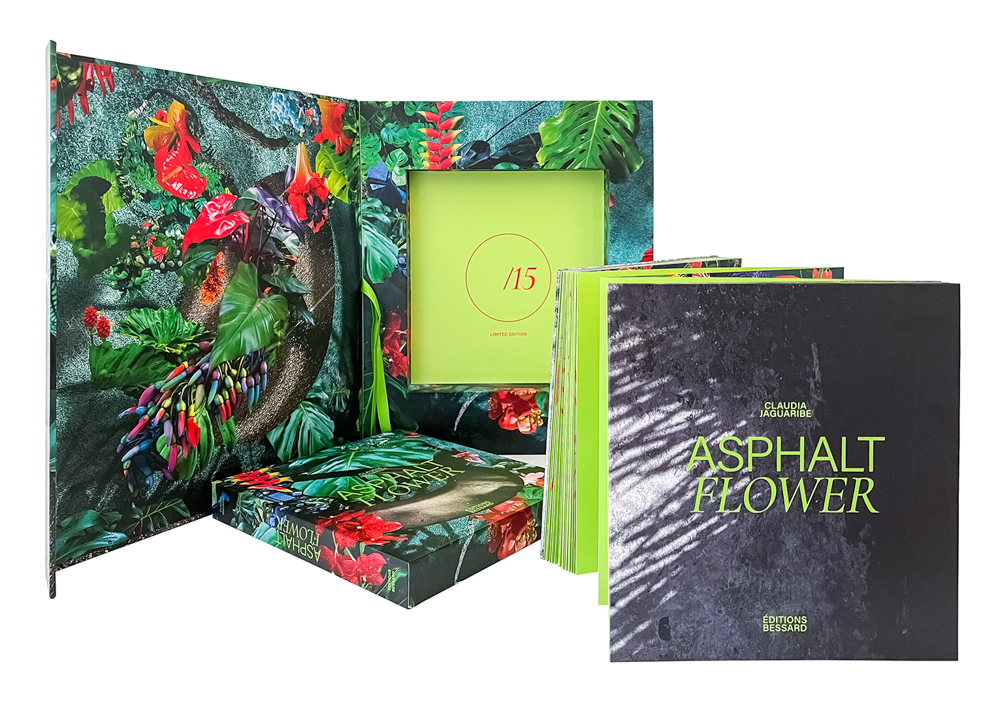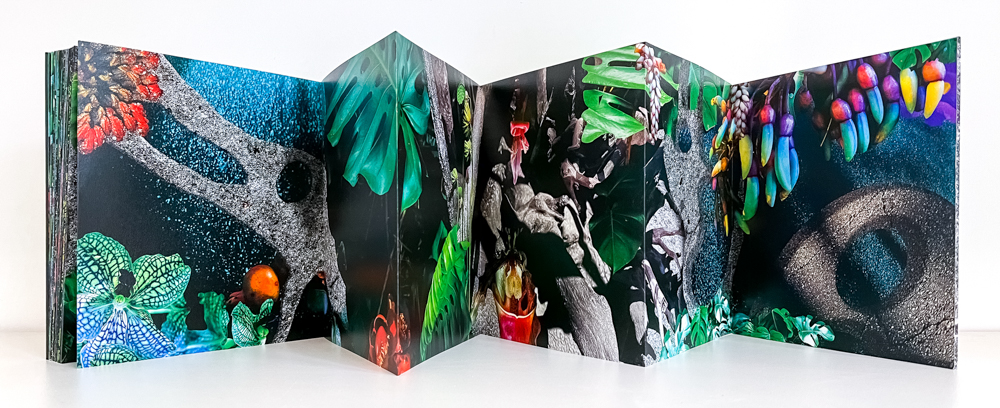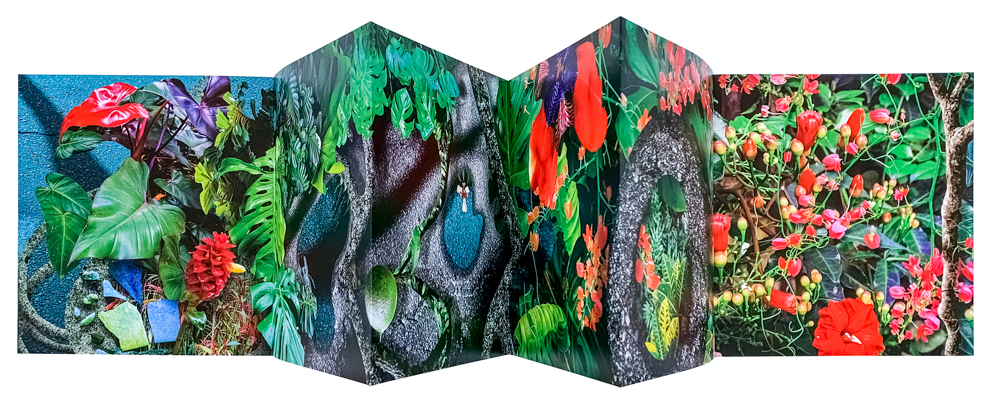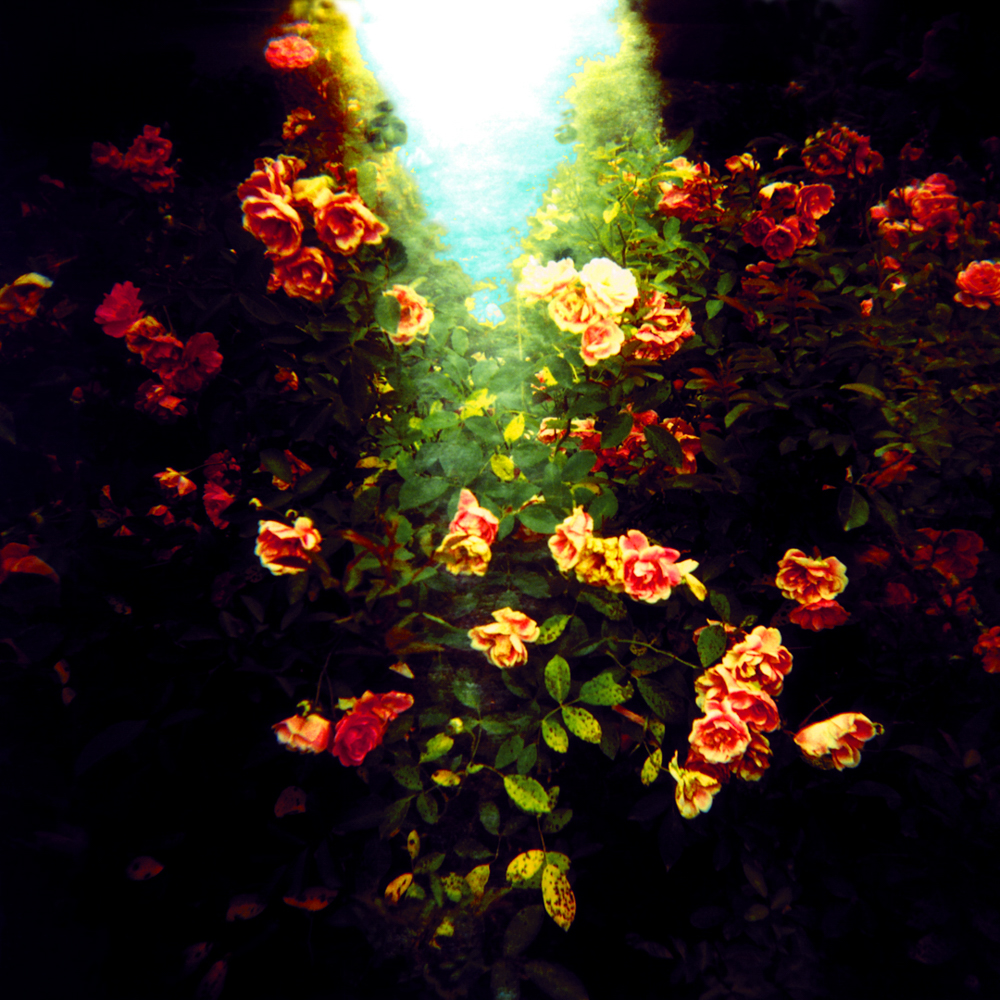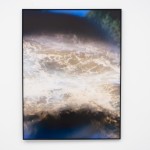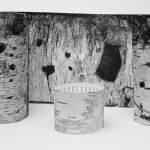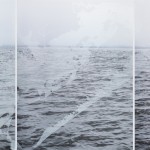Brazil Week: Claudia Jaguaribe
This week once again we will dive into the diverse Brazilian Photography presenting incredible works by Aline Motta and Eustáquio Neves, both at the current 35º Bienal of São Paulo, Claudia Jaguaribe, José Diniz and Celina Portela, addressing various themes such as environment issues, ancestry, racism, dance and movement, through instigating approaches.
We begin with Claudia Jaguaribe. An interview with the artist follows.
Claudia Jaguaribe is from Rio de Janeiro, lives and works between São Paulo and Rio de Janeiro. She has a degree in art history, fine arts and photography from Boston University, USA. Develops work focused on the issue of urban landscape, the environment, and mainly issues focused on the representation of reality as a conceptual record.
By mixing reality and subjectivity, it stimulates our perception of what we are seeing, creating layers of understandings and narratives. The materiality of her works questions the very nature of photography. It expands traditional photography formats, transforms images into photo sculptures, integrates and uses video and the internet in its installations.
Her production from the beginning was linked to editorial research. Many of her series find their final expression in book format. She has published 20 books and are recognized for the uniqueness of their photographic integration and graphic design. In 2013 she co-founded the photobook publisher Editora Madalena.
Her works are in several Brazilian and international museums and collections such as Museu de Arte Moderna – São Paulo, Inhotim – Instituto de Arte Contemporâneo – Brumadinho, Itaú Cultural, Instituto Moreira Salles – Rio de Janeiro, Victoria and Albert Museum, Maison Européene de la Photographie – Paris, Instituto Ítalo Latino Americano – Rome, Hangar Art Center, Brussels among others.
Follow on Instagram: @cjaguaribe
The landscape determines many things in our lives. My first was in Rio de Janeiro, where nature mixes with everyday life, along with a rich family experience that left such an impression on me. In São Paulo I experienced the landscape in another dimension; that of concrete. This combination is reflected in many works, in the construction of images and in the conceptual basis on which I rely.
Observing, elaborating and dialoguing about the environments and contexts in which I live is essential for me. Naturally, these practices also serve as cornerstones of my work. In this sense, reflecting on natural landscapes, and how we relate to them, is a central theme. My research follows this path: from a subjective nature, to a phase of investigation into our relationship with reality. And, currently, a construction of hybrid natures, created in the context of our increasingly digital culture, interconnected to a worrying scenario of environmental issues.
I use photography as a means of knowledge and a form of expression, always bringing a conceptual focus as I develop a specific language for each work. I try to visually understand how we see and represent something to which we belong, but we do not have the experience because we are urban beings who are increasingly less connected to a natural world. A conceptual understanding emerges that guides not only what I photograph, but also the manipulations and treatment of the image, in addition to the physical conception, considering its materials and finishes.
My artistic production takes place in the context of our time and I believe that we are living in a moment of inflection. Environmental issues will determine how we live together with the dominant digital culture.This unsettling uncertainty inspires me to continue exploring these themes and languages, contributing with my work to this inescapable debate in the contemporary world. – Claudia Jaguaribe
What led you to work with photography? And what keeps you connected to it?
From a very early age I was linked to the visual arts and did engraving and sculpture from an early age. I graduated in art history and simultaneously took several photography courses in college. I understood that through photography I found a perfect medium between an artistic practice, a form of knowledge and a way to relate to things in the world. I continue to think and practice photography like this, as an artistic expression but one that allows me to research and find subjects, things that interest me.
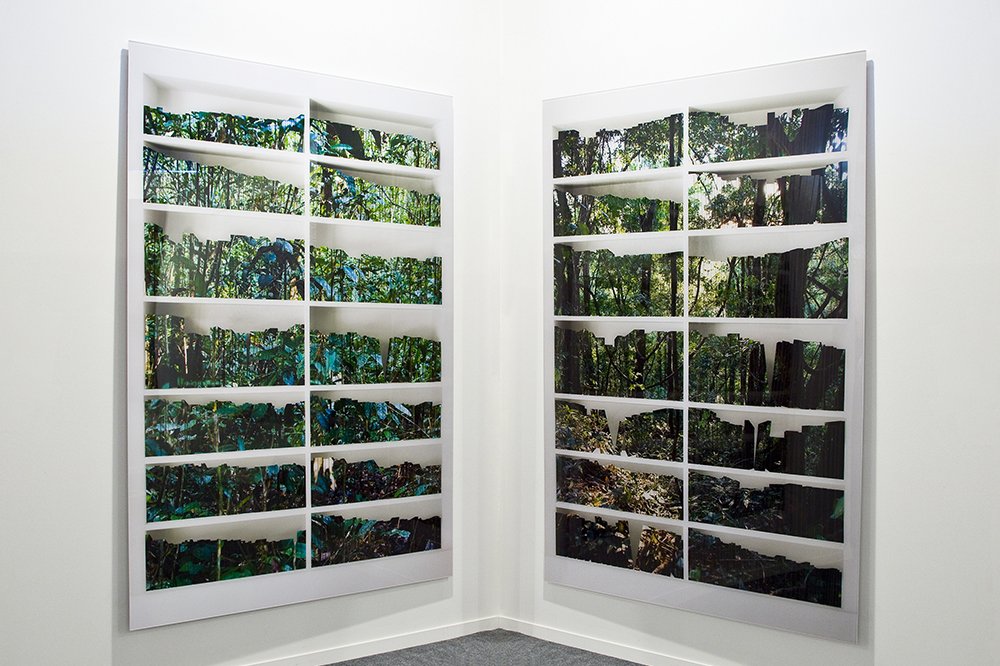
©Claudia Jaguaribe, Bibliotecas, da série Quando Eu Vi na exposição Fotografias, Brasilea, Suíça, 2016
In your work you mix reality and subjectivity. What motivates you in this union?
As an artist I always look at the world through this double perspective. I want to understand, know but return what I looked at from a personal, therefore subjective, perspective.
In your works you expand the traditional concept of photography by generating works in different media. Could you tell us a little about this process?
For each project I do, I develop a methodology that results in processes that generate very different shapes and materials.I use photography as a form of investigation and at the same time as a formal language. As I research and photograph, I realize that the theme suggests to me a special way of looking. Projects evolve and many things tested are put aside and revisited several times at other times. The final presentation in the assembly of photos at exhibitions is also extensively tested. For example, in the Viveiros series, images of future fern shoots made on an AI platform, I thought it would be important to show them as an object for “scientific” scrutiny. The assembly was done in acrylic boxes and the photos were placed side by side on a shelf like possible specimens of the future. In other works, such as Jardim Imaginário, images are produced in distinct and overlapping planes to explain the concept of conflict or conflict between the background and the plants. They are imaginary vertical gardens that stand on a background that limits them.
Recently you started using artificial intelligence in your projects. This is a topic that has generated a lot of controversy in the photography world. What is your vision of the future of photography with the arrival of AI?
This issue is very complex because it is very recent and we still do not have a vision or sufficient experience. But I think the use of AI itself is not the issue, it is a tool that can be used in very positive ways or not. What I see as most problematic is that we are increasingly being led by a subjectivity that does not come from an individual experience from the relationship between people and the world. Instead, resulting from the incorporation of external models produced by non-human platforms ,that have an ungoverned and unpredictable influence on people.
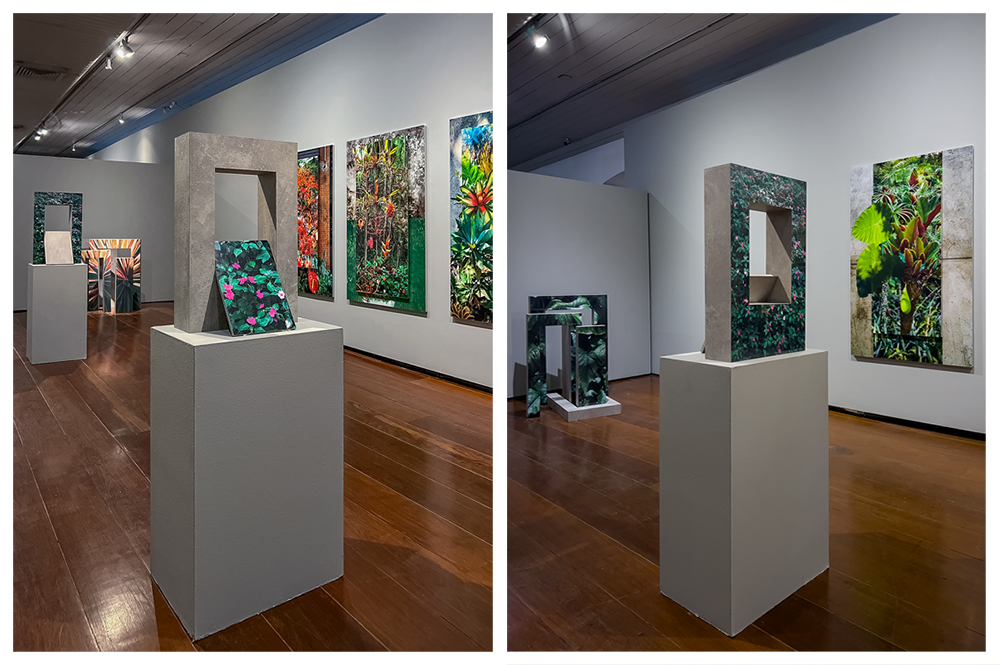
©Claudia Jaguaribe, obras das séries Jardim Imaginário e Burle Marx na exposição Naturas: assim eu vejo, Paço Imperial, RJ, 2023
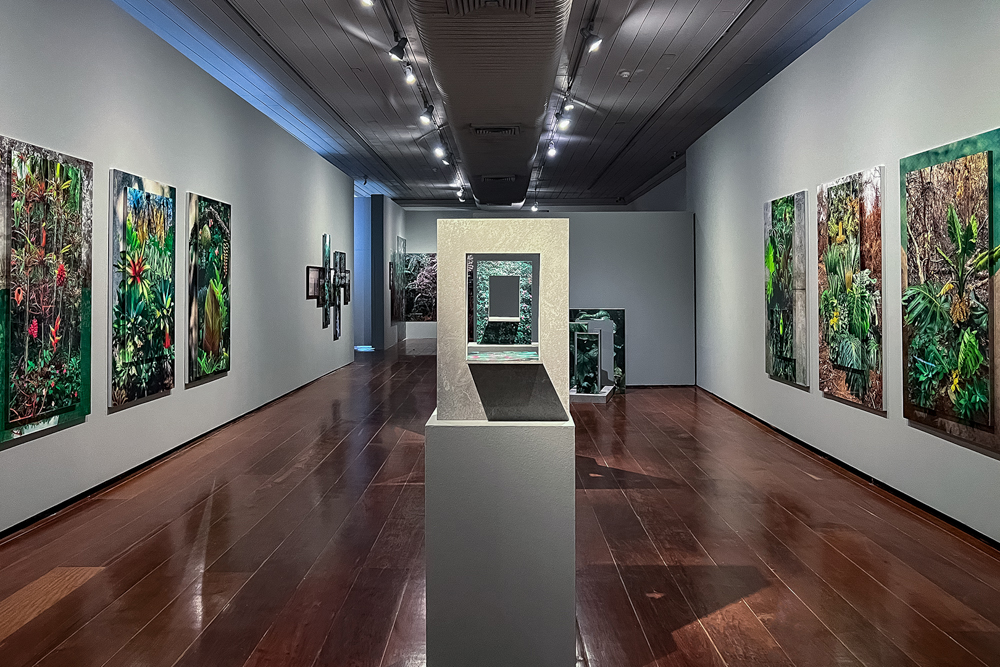
©Claudia Jaguaribe, obras das séries Jardim Imaginário e Burle Marx na exposição Naturas: assim eu vejo, Paço Imperial, RJ, 2023
Coming from a patriarchal family in the Northeast of Brazil, Ana Leal began her path in the art world when she decided, almost at age 50, to dedicate herself fully to her old passion: photography. With a female gaze and perspective, Leal focuses her research on psychological themes.
Born in Recife and based in São Paulo, Leal is an artist who works primarily in photography exploring themes of fragility, temporariness, and impermanence. Inspired by impressionism and minimalism her images share an abstract aesthetic.
Leal is a Gold Award winner at the 2020 TIFA and the 15th Julia Margaret Cameron Award Winner in the abstract category. She also received a Bronze Medal at the ND Awards 2021 and Honorable Mentions at the IPA 2021, Rotterdam Photo 2021, Prix de La Photographie Paris 2019, and The 15th Pollux Awards. She completed her MFA at the Miami International University of Arts and Design (2018) and the Professional Photography Course at the Pan-American School in São Paulo (2013). Her work is part of the Florida Museum of Photographic Arts – FMoPA collection. She works also as a content editor for South America at Lenscratch.
Instagram: @analealphoto
Posts on Lenscratch may not be reproduced without the permission of the Lenscratch staff and the photographer.
Recommended
-
Paccarik Orue: El MuquiDecember 9th, 2025
-
Jackie Mulder: Thought TrailsNovember 18th, 2025
-
Interview with Maja Daniels: Gertrud, Natural Phenomena, and Alternative TimelinesNovember 16th, 2025
-
Mara Magyarosi-Laytner: The Untended GardenOctober 8th, 2025
-
Conner Gordon: The OverlookOctober 4th, 2025


